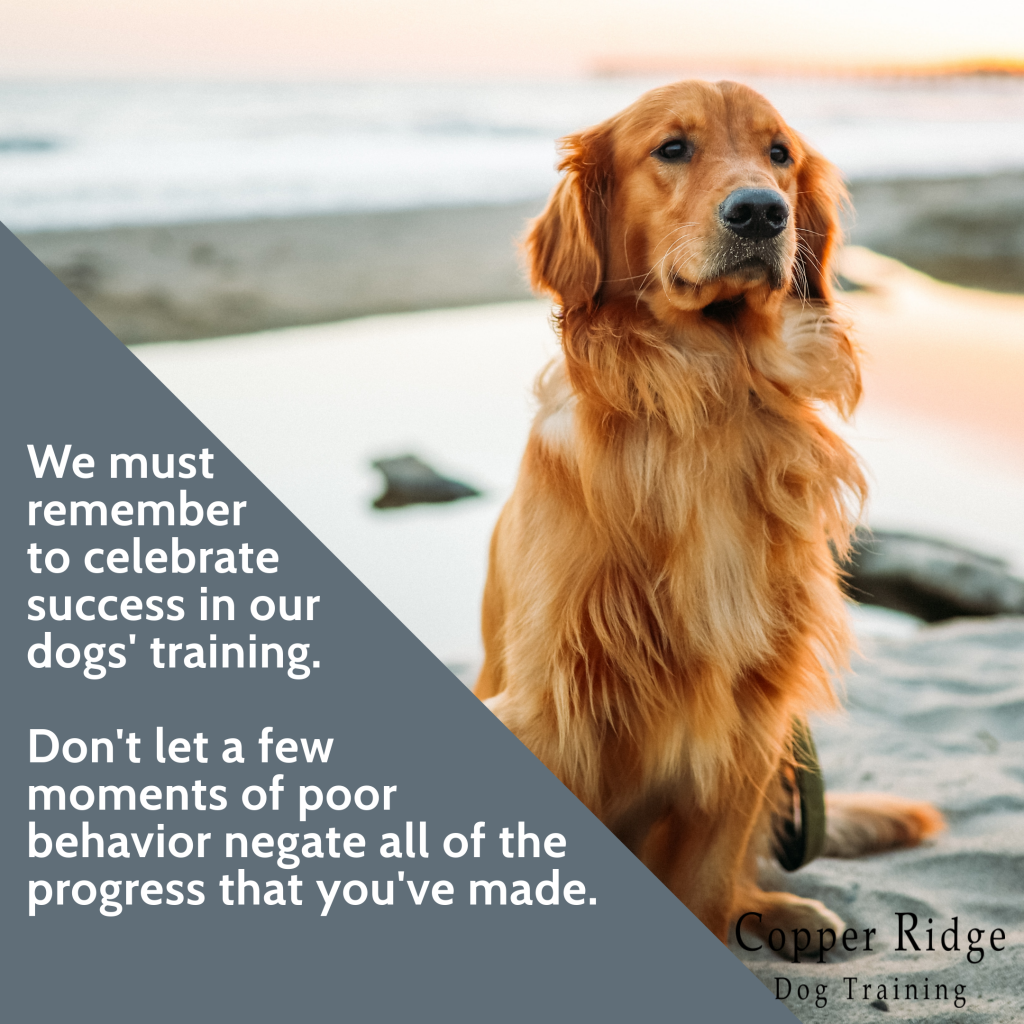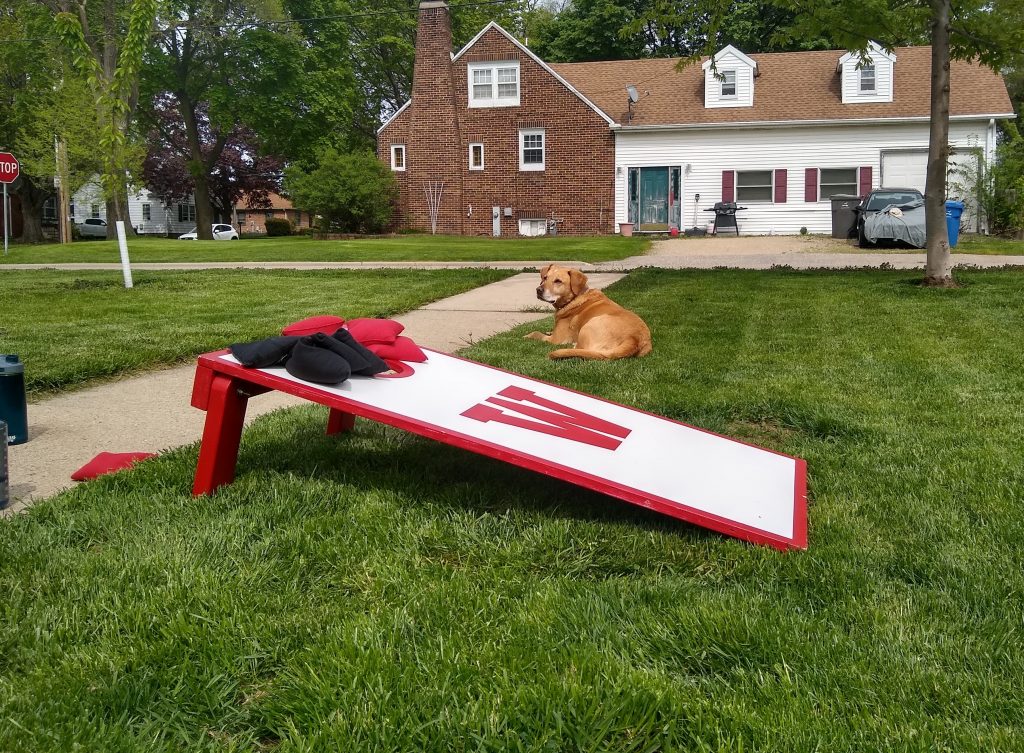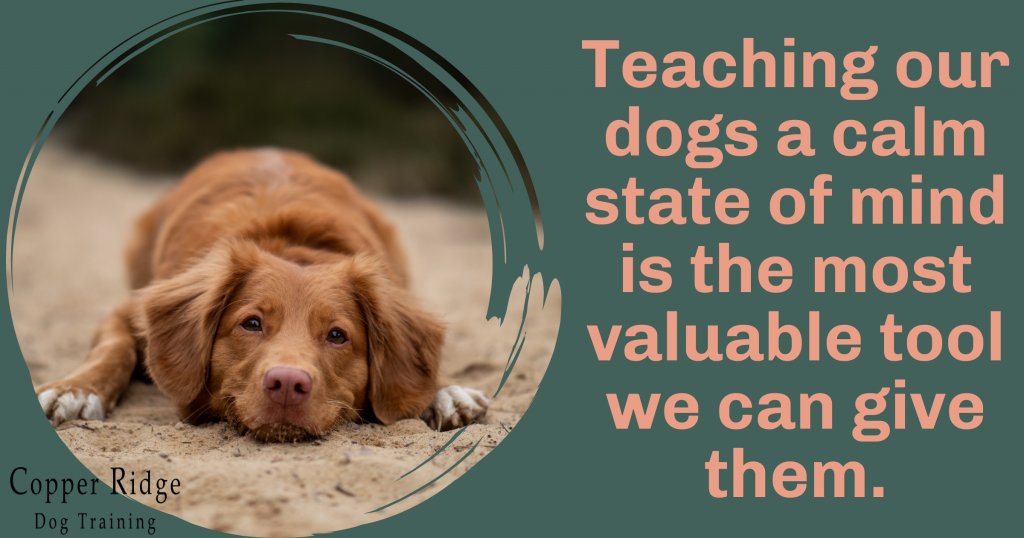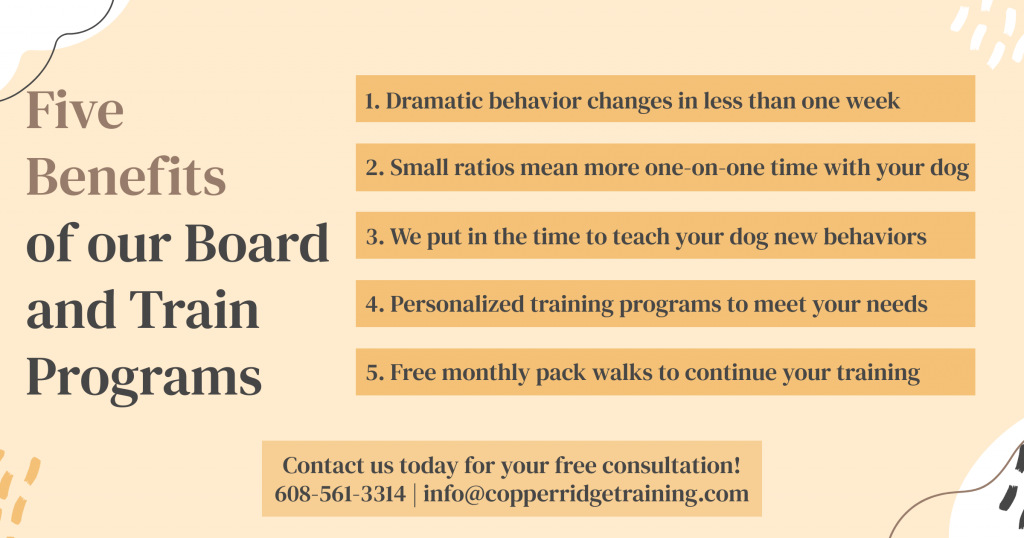
Change takes time. It’s so easy to get frustrated when we’ve been eating right and exercising but we don’t see results on the scale. It’s uncomfortable to work hard on a relationship but still argue over trivial things. It’s hard to see great strides in our dogs’ training only to have them break command and cause chaos.
Don’t lose hope; change takes time. We may not see immediate results, and we may see behaviors revert back to old habits at times. But that doesn’t mean that everything that you’ve worked on is forgotten and nullified. It simply means that there is more work to be done.
Don’t let the moments of poor choices or unexpected results take away from all of the hard work you’ve put in. Instead, focus on all of the successes that you have had. Focus on the calm walks instead of pulling. Focus on how they don’t bark at the doorbell anymore. Focus on whatever success you are having, and find comfort in knowing that change will come in other areas, too. It just takes time and consistency.





